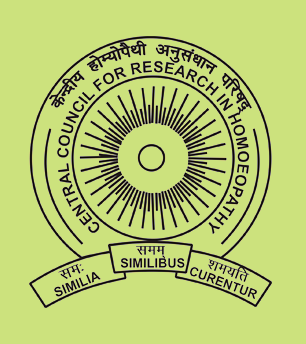Indian Journal of Research in Homoeopathy
Keywords
homoeopathy; pharmacodynamic effect; homoeopathic pathogenetic trial; drug proving: Saraca
Article Type
Original Article
Abstract
Objective: To elicit the pharmacodynamic response of the drug Saraca Indica on healthy human beings in non-toxic doses. Methodology: Drug Saraca Indica was proved through a double-blind method. The study was conducted at 3 centers. The Homoeopathic prepration of the drug was proved in three potencies (6C, 30C and 200C) on 42 volunteers who were selected and declared apparently healthy during their pre-trial medical examination by the specialists and through their routine pathological investigation. The volunteers consumed 56 doses (four doses per day for fourteen days) of each potency (6C, 30C and 200C) in three stages for a varying period. 29 provers were on actual drug trial while 13 provers were kept on placebo. The symptoms generated during the trial period were noted by the volunteers and elaborated and cross examined by the Proving Masters. The data obtained from all the centers was compiled at proving-cum-data processing cell at Central Council for Research in Homoeopathy (CCRH) headquarters after de-coding the drug. Observations: Out of the 29 provers, who were on actual drug trial, 08 manifested symptoms. Drug was able to produce symptoms in each potency. Only one symptom appeared in more than one prover. Some of the symptoms have been reproved which are mentioned in the fragmentary provings published in different literatures. Conclusion: Pharmacodynamic responses, elicited (new and reproved) during the proving trial will add to the literature available on the drug and benefit the research scholars and clinicians.This also needs verification through clinical trials.
Digital Object Identifier
10.53945/2320-7094.1852
Publisher
Wolters Kluwer India Pvt. Ltd.
How to cite this article
Nayak C, Siddqui VA, Rajpal R, et al. Saraca Indica: A Multicentric Double Blind Homoeopathic Pathogenetic Trial. Indian J Res Homoeopathy 2009;3:32-37. doi: 10.53945/2320-7094.1852


